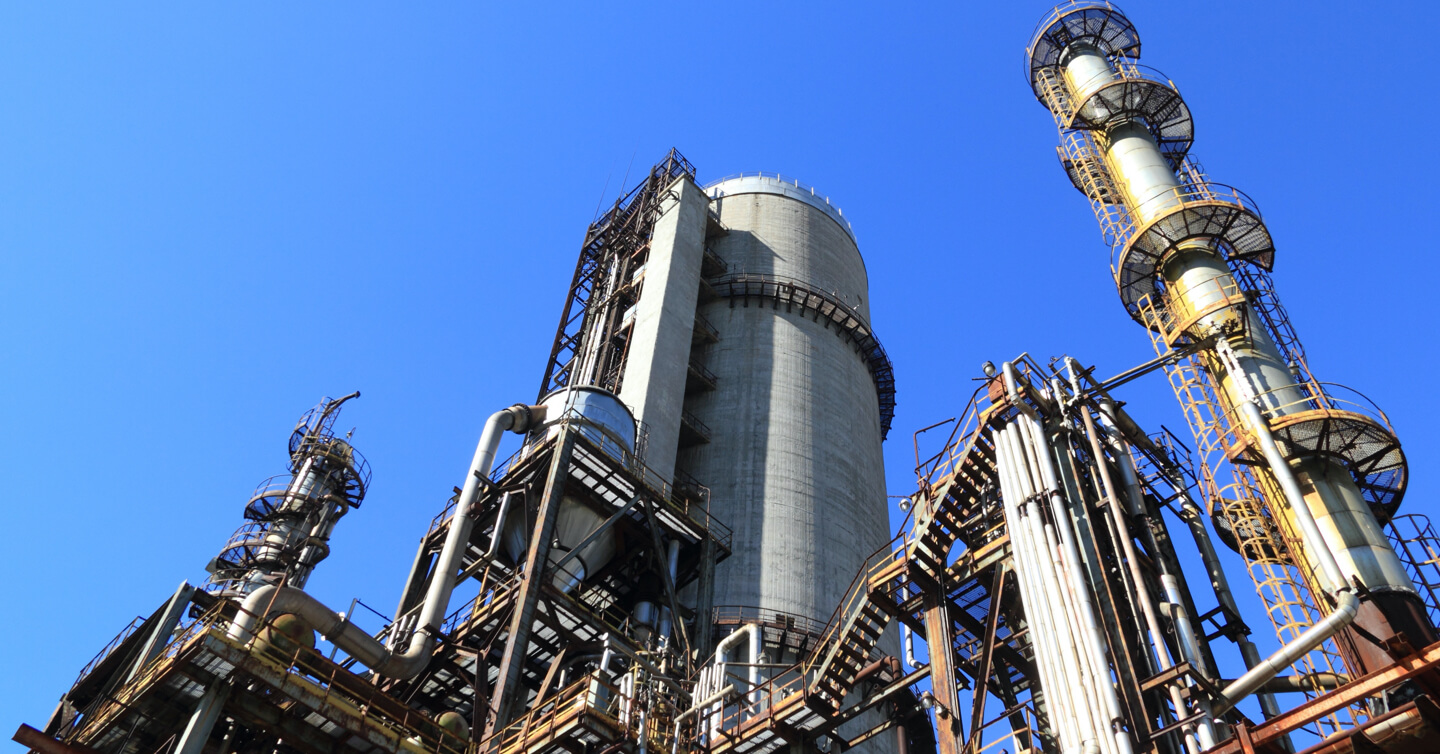Abdullahi Adamu
A low-cost, fast and easy method of fabricating microchips using 3D printing.
Email: a.adamu2@ncl.ac.uk
Supervisors
Project title
Photocatalytic CO2 reduction to chemical and fuel
Project description
We are improving the efficiency of photocatalytic CO2 reduction. We are doing this by applying intensification technologies.
We are:
- developing nanostructured materials with high optical response in a Spinning Disc Reactor (SDR)
- designing and developing a microreactor for testing the synthesised materials.
Improving photon absorption of photocatalysts leading to a red-shift is a big challenge in photocatalytic CO2 reduction. A spinning disc reactor (SDR) is used to synthesise TiO2 based photocatalysts. This reactor enables efficient and uniform mixing. It enables us to control the properties of the photocatalyst materials. To benchmark this technology, we are using a stirred tank reactor.
We can also achieve intensification by maximising the amount of light reaching the surface of the photocatalyst. A microreactor has a characteristic large surface area to volume ratio. This allows for uniform light distribution. It does this by minimising the effect of light scattering by the reaction mixture.
Additive manufacturing is also known as 3D printing. We are applying this technology to fabricate the microreactor chip. We are using high thermal and chemical resistance materials. The technology enables easy and fast manufacturing of the microreactor chip at low cost. We are using a conventional annular reactor equipped with Hg UV lamp as a benchmark.
The Petroleum Technology Development Fund (PTDF) Nigeria sponsors the project..
Interests
- CO2 reduction
- Photocatalysis
- Microreactor
- 3D Printing
Qualifications
- BEng Chemical Engineering
- MEng Chemical Engineering
